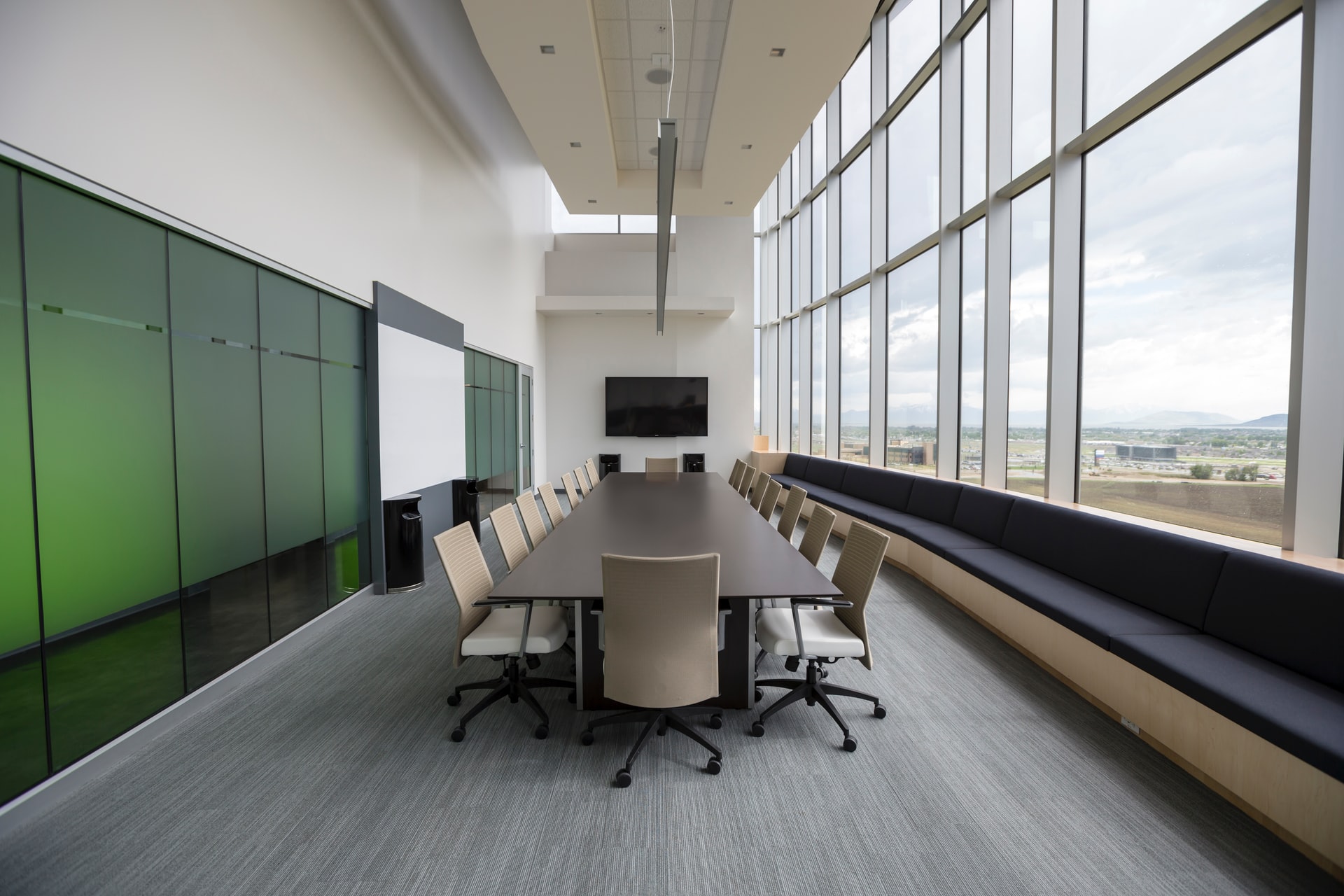PA Systems come in all shapes and sizes, meaning that choosing one for an auditorium or hall can be a challenge. While your installer can likely guide you through the basics of what you need and will certainly be able to select something suitable for your space, it’s also a good idea for you to understand what you need and why so that you have control over the process and can choose your own solution if desired.
Whether you’re looking for a full PA system or just auditorium speakers, this guide will help you ask the right questions so you can select the best fit for your space and needs.
What’s Included in a PA System?
In most cases, you’ll be choosing and purchasing a full PA system rather than just auditorium speakers. This is important because it affects your system. If you’re purchasing speakers for your existing PA system, your speakers, their power, and the type of speakers you choose are completely bound to that system. If this is the case, review what you have and what you can buy based on that.
If you’re installing a new sound system in your auditorium or lecture hall, you likely need a complete PA system setup.
Speakers – Speakers provide audio output for your system. Speakers are available in different wattages and types and are typically sold as active or passive. You may also want monitors to feed sound back, especially if you have a high-noise environment.
Amplifiers – Amplifiers are required in any instance where you are using passive speakers.
Mixers – Mixers are essentially controllers, linking microphones, computers, and other audio sources to speakers. Most auditoriums can get away with relatively simple mixers, but this depends on your needs.
Microphones and Headsets – Most PA systems should include a microphone. Some should also include headsets to allow for controlled audio or even calling.
Cables – Quality cables are an essential element of any sound system.
Understanding these elements will allow you to better choose the right speakers for your auditorium.
What are the Speakers Being Used For?
Most speakers are made for relatively specific purposes. This means that your choices will heavily depend on what the auditorium is being used for and what types of sound you expect to share. For example, the speaker setup for a concert auditorium should be completely different than that for a speaking auditorium or lecture hall.
Talking– Lecturers typically benefit from having a few small and multi-purpose speakers spread across the room to evenly distribute sound. It’s crucial that people in the back hear sound as clearly as from the front. Aspects such as surround-sound or speaker systems that split bass and tenor between speakers can be disorienting for people talking so stick to multi-purpose speakers.
Music and Cinema – Music benefits from large, loud, and complex sound. This means investing in either high-power active speakers or amplifiers, creating a sound-system with subwoofers, woofers, and tweeters, and balancing sound so that it is dynamic across the room. In most cases, you can use a similar setup for any sort of media sound such as movies, thematic presentations, etc.
Speakers are created for different purposes. Some are made for being loud and high quality. These are excellent for music events. Others are geared towards talking and lectures. These are typically designed for clarity of sound.
- Frequency Response –This is the range of sound produced by the speaker. 50-25k tends to be standard and multi-purpose. Music sound systems will require a subwoofer to supplement speakers in this range.
How Big is the Room?
The size of a room will heavily affect both the power and number of speakers in your auditorium. Small rooms should be approached with care, because it’s easy to create too much noise. Larger rooms add challenges in that it’s important to maintain quality and volume of sound throughout the room without creating an overwhelmingly complex speaker setup or making volume too loud at the front.
- A larger number of small speakers is almost always better than a few large ones
- Consider the direction of the podium or stage and how sound is reflected
- Are speakers permanently placed? If you frequently rearrange or clear the room, you may want to invest in active speakers with fewer moving parts.
- Passive speakers are better for larger or more modular setups and active speakers are better for smaller setups
- Check speaker Sensitivity or Sound Pressure Level Volume. In most cases, 80+ is good and 90+ is very good.
In most cases, your speaker system should evenly distribute sound across the room while maintaining the direction of the sound.
What is the Sound Environment Like?
Sound environment refers to elements such as interference, average crowd or background noise volume, and noise pollutants. These will affect your ideal speaker type and volume as well as whether you want to add extras such as headsets, noise cancelling, or monitors to ensure sound remains clear and legible across the room.
- Add monitors to balance loud crowds
- Choose noise-cancelling speakers in small rooms to prevent feedback and audible signals
- Check interference before choosing any sort of wireless connections for speakers or PA
- Speaker decibel rating (Db) impacts the maximum volume of the speaker, but you shouldn’t ever have to use that to reach the full room.
What Wattage Do You Need?
Wattage affects speaker volume. Here, you typically need about 1-3 watts per audience member for lectures and talking, or 5-10 for music events.
However, as mentioned above, it’s almost always better to split wattage needs up across multiple smaller speakers spread throughout a room. 10x 300-watt speakers will almost always sound better throughout the room than two 2000-watt speakers.
How Much Power Do Amplifiers Need?
Speaker resistance is measured in Ohms and will affect how much power amplifiers need. This affects your setup as well as the capabilities of the room (e.g., how much power can you physically move into a room?).
Resistance or impedance affects how much power you need. A good rule of thumb is to choose an amplifier with double the handling power of your speaker setup. Essentially, an 8-ohm 300-watt speaker should be paired with an amplifier capable of at least 600 watts at 8 ohms.
Wiring speakers in parallel increases impedance. So, wiring two speakers in parallel results in 4 ohms of impedance and wiring 3 results in 2.67 ohms. Wiring speakers in series increases impedance, so two 8-ohm speakers wired in a series would be 16 and 3 would be 24, and so on.
Quality speakers can make or break an auditorium experience. It’s important to consider quality, clarity, and direction of sound. You also want to look at power usage and connection requirements to ensure that impedance, noise pollution, and radio signals will not impede sound.
Typically, any quality, well-built speaker meeting your specs will likely be a good fit. You don’t need specific materials or a specific brand to have good sound, so long as you choose speakers meeting your needs and audience.




